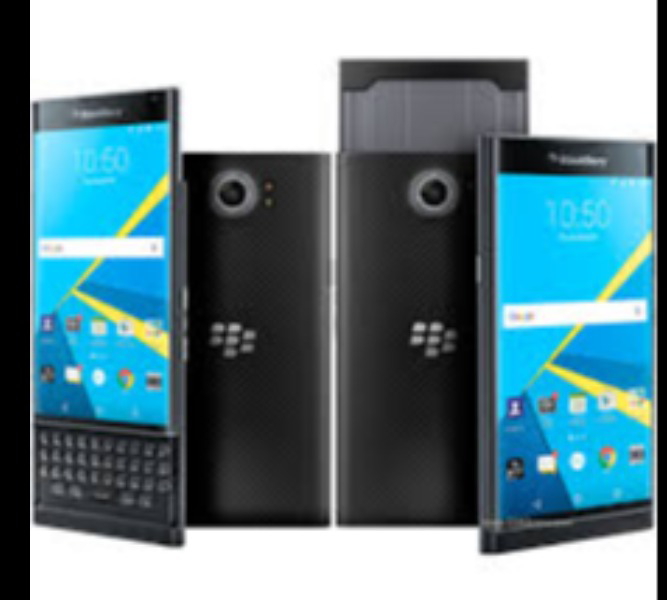


Das BlackBerry Priv, das im November 2015 von BlackBerry Limited auf den Markt gebracht wurde, war das erste Android-Smartphone des Unternehmens mit einem 5,4-Zoll-QHD-AMOLED-Display und einer ausziehbaren QWERTZ-Tastatur. Zum Preis von 699 US-Dollar / 559 GBP bei der Veröffentlichung läuft es mit Android 5.1.1 Lollipop (aufrüstbar auf 6.0.1 Marshmallow), angetrieben von einem Snapdragon 808-Chipsatz, 3 GB RAM und einem 3410-mAh-Akku, der sich an Benutzer richtet, die die Sicherheit von BlackBerry mit dem App-Ökosystem von Android wünschen. Es enthält eine 18-MP-Kamera mit Schneider-Kreuznach-Optik. Im Jahr 2025 ist das Priv veraltet, es gibt keine Software-Updates über 2017 hinaus, kein 5G und Hardware, die mit modernen Anforderungen zu kämpfen hat. Sein einzigartiges Design spricht immer noch eine Nische von BlackBerry-Fans an und ist gebraucht für etwa 80 bis 120 US-Dollar erhältlich.
|
Merkmal |
BlackBerry Priv |
|
erscheinungsdatum |
November 2015 |
|
zeigen |
5,4" AMOLED, 1440 x 2560, Seitenverhältnis 16:9, 540 ppi, Gorilla Glass 4 |
|
Prozessor |
Qualcomm Snapdragon 808 MSM8992, 1,8 GHz Hexa-Core |
|
Widder |
3 GB |
|
Lagerung |
32 GB, microSD-Unterstützung (bis zu 2 TB) |
|
Rückfahrkamera |
18MP (f/2.2, OIS, Schneider-Kreuznach-Optik), LED-Blitz, 4K-Video |
|
Frontkamera |
2 MP |
|
Batterie |
3410 mAh, nicht abnehmbar, 18W Schnellladung |
|
Os |
Android 5.1.1 Lollipop (Upgrade auf 6.0.1 Marshmallow, keine weiteren Updates) |
|
bauen |
Kunststoffrahmen, Kunststoffrückseite, keine IP-Schutzart |
|
Konnektivität |
4G LTE, Wi-Fi 5, Bluetooth 4.1, USB 2.0, NFC |
|
Preis (Markteinführung) |
699 $ / 559 £ |
To make a modern BlackBerry Priv competitive in 2025, the following enhancements could address its shortcomings while preserving its unique design:
The BlackBerry Priv was a groundbreaking device in 2015, marking BlackBerry’s transition to Android with a slide-out QWERTY keyboard, a vibrant 5.4-inch QHD AMOLED display, and robust security features like DTEK. Its access to the Google Play Store expanded its app ecosystem compared to BlackBerry 10 devices, making it a versatile option for its time. However, in 2025, the Priv is outdated, with its Snapdragon 808 chipset, lack of software updates beyond Android 6.0.1, and no 5G support making it impractical for modern use. The absence of water resistance and limited availability further diminish its appeal. If you’re a BlackBerry fan who values the slide-out keyboard and can find a used Priv for $80-$120, it might suffice for basic tasks like email and messaging. For most users, however, modern mid-range phones like the Samsung Galaxy A55 or Google Pixel 8a offer better performance, 5G support, and long-term software updates, making them far more practical choices in 2025.
The overall rating is based on reviews by our experts
Noch keine Bewertungen
|
How Is the Design? |
|
|
How is the Display? |
|
|
How is the Camera? |
|
|
How are the Features? |
|
|
How is the Connectivity |
|
|
How is the Usability? |
|
|
How is the Performance? |
|
|
How is the Battery Life? |
Keine Preise verfügbar